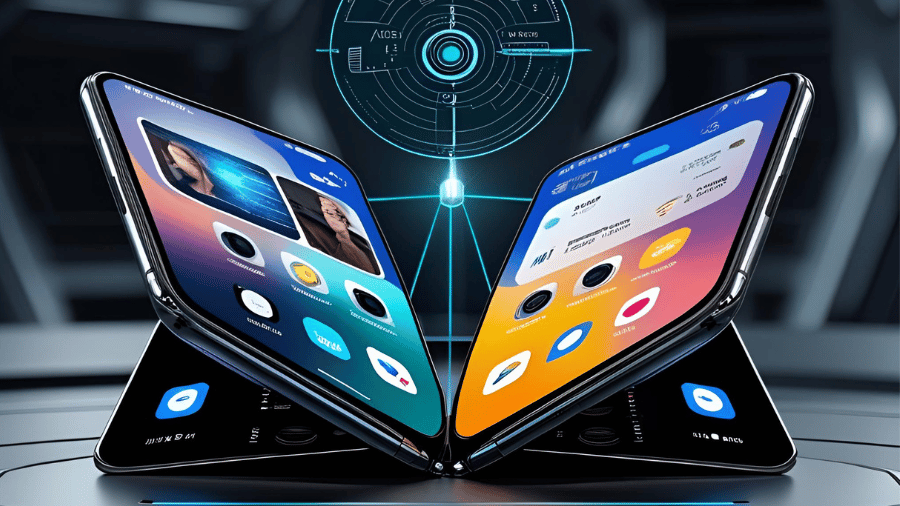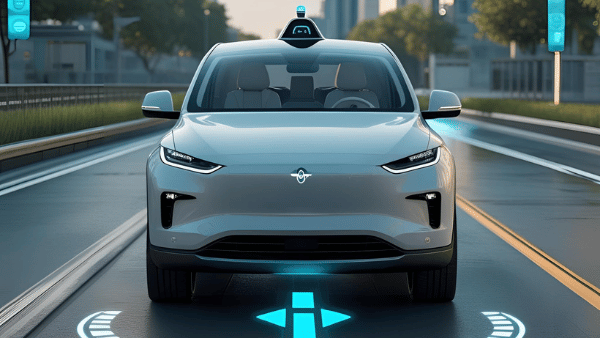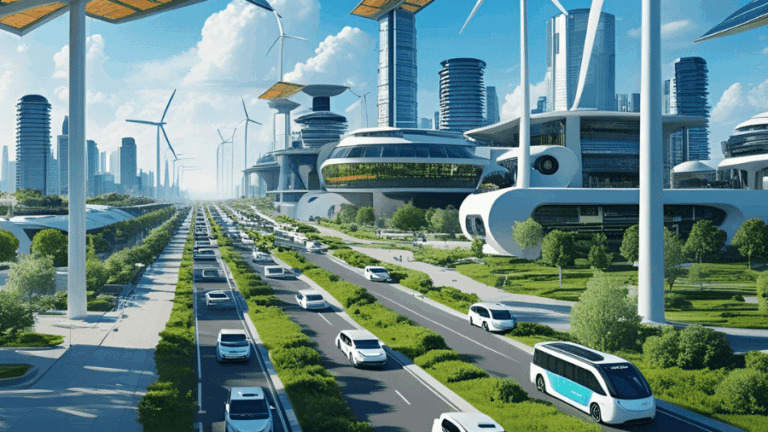The Future of Smartphones: Foldables, AI Cameras, and Satellite Connectivity in 2025

In 2025, the future of smartphones is unfolding—quite literally. Foldable designs, AI-enhanced cameras, and satellite connectivity are no longer gimmicks; they represent a seismic shift in how we perceive and use our most personal technology. The smartphone, once a simple communication tool, has evolved into an intelligent, adaptive device that integrates deeply with our work, health, entertainment, and social interactions. As manufacturers continue to redefine what mobile technology can do, users are being introduced to a new era of digital life that feels less like an upgrade and more like a transformation.
Foldable smartphones have reached a level of maturity and utility that goes beyond being an experimental trend. Devices like the Samsung Galaxy Z Fold5, Google Pixel Fold, and Motorola Razr Plus are leading the charge. Unlike early prototypes, modern foldables offer sturdy hinge designs, water resistance, and edge-to-edge displays that adapt to your usage needs. Foldables aren’t just about aesthetics; they introduce a new form of multitasking. With a larger display surface, users can run three or more apps simultaneously, take notes while attending virtual meetings, or view content side-by-side, effectively merging phone and tablet functionality. As noted in TechRadar’s foldable roundup, these devices are gaining traction among professionals, creatives, and gamers who seek versatility without carrying multiple gadgets.
At the heart of these futuristic devices is AI—especially in the realm of mobile photography. The latest smartphones are now equipped with AI-powered cameras that recognize scenes, adjust settings in real-time, and enhance image quality through neural processing. From automatic night mode optimization to real-time video stabilization and emotion-aware filters, mobile cameras are using deep learning to bridge the gap between casual photos and professional-grade visuals. This is particularly evident in the Google Pixel 8 Pro, where the Tensor G3 chip enables computational photography that adapts based on lighting, subjects, and even skin tone representation. The AI doesn’t just modify images; it learns your preferences over time, making future shots more consistent and personalized. The combination of hardware advances and on-device machine learning is setting new standards for what users expect from mobile photography.
Another monumental shift in the future of smartphones is the introduction of satellite connectivity. While the idea of satellite phones once belonged to emergency gear and spy thrillers, it’s now making its way into mainstream smartphones. Apple’s Emergency SOS via Satellite, introduced with the iPhone 14, allows users to send messages even without cellular coverage, a feature that has already saved lives during natural disasters and off-grid emergencies. Android manufacturers like Huawei and Qualcomm are following suit, integrating satellite modems that provide basic communication through partnerships with satellite providers such as Iridium and Globalstar. According to CNET’s mobile outlook, satellite features may soon expand beyond emergency use, possibly offering global messaging, asset tracking, and navigation for remote areas. This has major implications for adventurers, humanitarian workers, and travelers in underserved regions.
Security is another cornerstone of smartphone innovation in 2025. With biometric data, payment credentials, health records, and sensitive communication stored in our pockets, modern smartphones are implementing next-gen protection systems. On-device AI now powers threat detection in real-time, blocking phishing links, detecting malicious apps, and flagging fraudulent transactions. Devices like the Apple iPhone 15 Pro Max and Samsung Galaxy S24 Ultra come equipped with secure enclaves and privacy dashboards, giving users control over data permissions and location tracking. Cybersecurity is no longer relegated to desktop machines. As outlined in our earlier blog on Cybersecurity in the AI Age, smartphones are becoming frontline defenders against increasingly sophisticated threats.
One of the most profound changes affecting the smartphone experience is the integration with AI assistants. In previous years, voice assistants like Siri and Google Assistant were limited to setting reminders and checking the weather. In 2025, AI companions are now intelligent co-pilots. Using contextual awareness, these assistants adapt to your routines, proactively suggest tasks, and even screen your calls using conversational AI. With on-device generative models like Gemini Nano from Google and Apple’s rumored on-device GPT, your phone can now summarize your day, create shopping lists based on calendar events, or suggest email replies tailored to your tone. This reflects a broader trend we previously explored in our blog on AI Co-Pilots at Work, where intelligent systems are embedded into our daily workflows.
Another transformative aspect is how smartphones are becoming central hubs in connected ecosystems. With smart homes, wearables, EVs, and IoT devices flourishing, the smartphone is now a command center. From unlocking cars to adjusting thermostats and controlling drone deliveries, mobile devices serve as remote controls for increasingly autonomous environments. Apple’s HomeKit, Google’s Home app, and Samsung’s SmartThings continue to evolve, providing seamless integration between your phone and your surroundings. This trend ties in with the evolution of smart cities and automation that we’ll explore in an upcoming article on urban mobility technology.
In terms of hardware, battery technology has taken a leap forward. Traditional lithium-ion cells are giving way to solid-state batteries, which promise faster charging, longer lifespan, and improved thermal stability. Graphene-based materials are also being tested for their conductive properties, which could one day allow full-day usage on just a 15-minute charge. In parallel, wireless charging is becoming more efficient, with newer Qi2 standards allowing for magnetic alignment, reducing energy waste, and improving charging speed. These small yet significant changes are shaping user expectations about energy consumption and mobility.
As environmental concerns mount, manufacturers are also focusing on sustainability. Phones are now being built with recycled materials, modular components, and repairability in mind. Initiatives like Fairphone and Samsung’s Galaxy Upcycling are setting standards for ethical mobile technology. Many brands now offer eco-friendly trade-in programs, encouraging circular economies and reducing electronic waste. This shift mirrors the global emphasis on responsible innovation, as highlighted in our forthcoming blog on Green Technology in 2025, where we explore how tech companies are embracing sustainability across sectors.
Lastly, let’s not ignore the entertainment transformation smartphones are ushering in. With 120Hz adaptive refresh displays, ray tracing-capable GPUs, and immersive audio enhancements, mobile gaming and video streaming have hit new heights. Cloud gaming platforms like Xbox Cloud, NVIDIA GeForce NOW, and PlayStation Remote Play make console-level experiences portable. This convergence of power, portability, and connectivity positions smartphones as the preferred platform for on-the-go entertainment, especially among Gen Z and younger millennials.
The future of smartphones in 2025 is more than just thinner bezels and better cameras. It’s about intelligence, adaptability, connectivity, and ethical design. With breakthroughs in foldables, AI, security, satellite tech, and ecosystem integration, smartphones are becoming personalized digital ecosystems. For businesses, content creators, technophiles, and the everyday user, these advancements will continue to redefine what mobility means in the digital age.
As we navigate this rapidly changing tech landscape, The Visionary Spark remains committed to unpacking trends that matter. Stay tuned for our next deep dive into smart vehicles and autonomous driving — where innovation takes the wheel.



